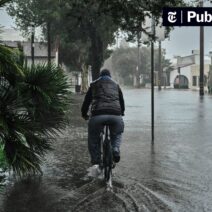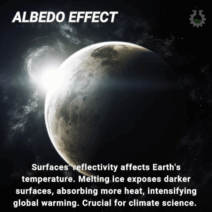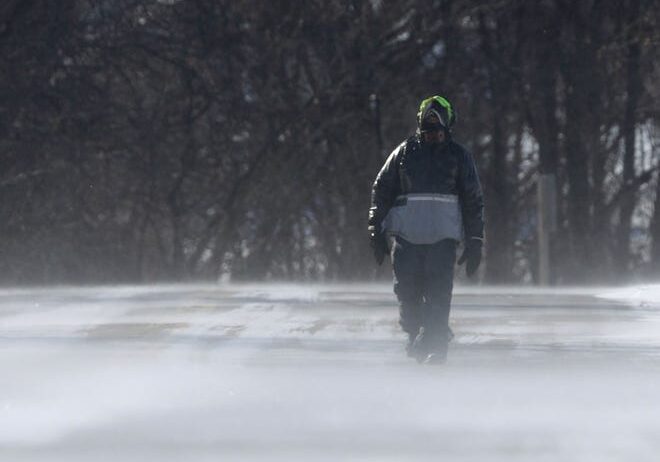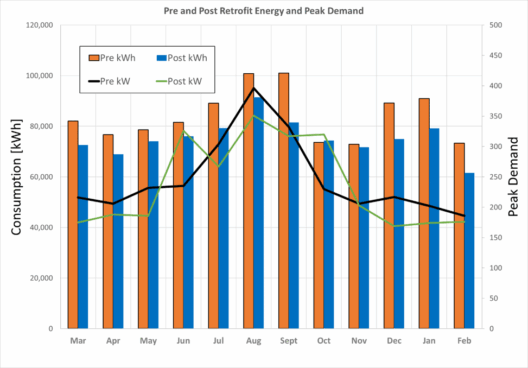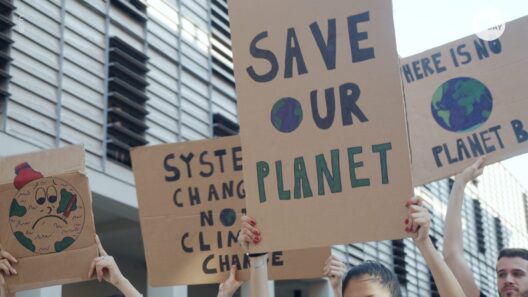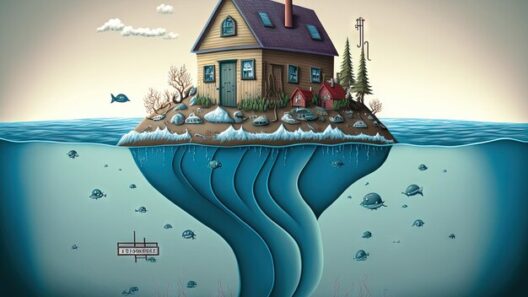This intriguing question—whether winters are becoming colder due to global warming—presents a paradox that challenges conventional wisdom. At first glance, the notion that a warming planet could lead to chillier winters seems counterintuitive. After all, global warming suggests an overall increase in temperatures. However, examining the interplay between climate change and winter weather patterns reveals a complex web of phenomena that cannot be understood through a cursory glance at temperature averages alone. To unravel this mystery, we need to consider various factors, including atmospheric science, polar dynamics, and regional variability.
First, it is crucial to comprehend what is meant by “global warming.” The term refers to the long-term increase in Earth’s average surface temperature due to human-induced greenhouse gas emissions, primarily from fossil fuel combustion, deforestation, and industrial activities. This upward trend in average temperatures is not uniform; regional variations occur, and thus, some areas can experience anomalies that deviate from the expected warming trend.
One of the pivotal concepts that merit exploration in this context is the idea of shifting weather patterns. As the climate warms, the polar regions—specifically the Arctic—are experiencing accelerated temperatures compared to the rest of the globe. This rapid warmth leads to alterations in the jet stream, which is a flow of fast winds in the upper levels of the atmosphere that dictate weather patterns. With the Arctic warming more quickly, the temperature gradient between the polar regions and mid-latitudes diminishes, resulting in a more unstable and meandering jet stream.
This meandering jet stream can have a profound impact on winter weather. When the jet stream dips southward, it can facilitate the movement of frigid Arctic air into temperate regions. Consequently, areas that are typically accustomed to mild winter weather may experience severe cold spells, as Arctic air masses push southward. Thus, instead of a straightforward narrative of uniformly warmer winters, we encounter a scenario where winters can be punctuated by extreme cold events, contradicting the overarching trend of rising temperatures.
Moreover, this newly acquired knowledge junctions with the phenomenon known as “severe weather.” As global temperatures rise, the atmosphere’s capacity to hold moisture increases. Warmer air can carry more water vapor, leading to intense precipitation events during winter months. These events often manifest as heavy snowfall, prompting communities to grapple with challenges ranging from infrastructure strain to the potential for flooding in the subsequent thaw.
Furthermore, varying regional climates must be considered to appreciate the nuances in winter temperature shifts. In some regions, particularly in the northern latitudes, winter temperatures may indeed become milder overall. Yet, this change can coexist with increased volatility—more frequent snowstorms and sudden temperature drops can occur, creating a confusing tapestry of winter weather that complicates traditional narratives of climatic change.
Interestingly, there’s a psychological and perceptual aspect involved in how we understand winter temperatures in the context of global warming. Cultural associations of winter—often romanticized notions of snowy landscapes—clash with the harsh realities of increasing variability. If one experiences a particularly brutal winter, it can lead to the belief that global warming is a myth or misnomer, obscuring the underlying complexities of climate science.
Another influential factor is human activity. Urbanization, land use changes, and local climate policies can all affect winter weather conditions. Urban heat islands, for example, result in warmer temperatures in metropolitan areas due to concrete structures and human activities. Localized phenomena such as these can skew perceptions of winter severity and temperatures, making climate understanding even more convoluted.
Considering all these factors, it becomes starkly evident that comprehending the relationship between global warming and winter temperatures requires a multi-faceted approach. While winters could indeed become colder in specific instances due to the changes in the atmospheric dynamics spurred by global warming, the overarching trend remains an increase in average temperatures. The resulting weather patterns exemplify a transition toward more erratic winter climates, blending extremes with shifts in typical conditions.
Therefore, rather than taking a simplistic binary view of winters getting warmer or colder, it is essential to embrace the complexity and develop a nuanced understanding. This perspective not only aids scientific literacy but also empowers individuals and communities to adapt to the evolving climate landscape. Recognizing the shift in climate narratives invites curiosity and enhances awareness regarding the broader implications of climate change on seasonal weather patterns.
Ultimately, engaging with this topic serves as a reminder of the interconnectedness of Earth’s systems. Climate change does not act in isolation; its influences ripple throughout atmospheric, oceanic, and terrestrial environments, manifesting in increasingly unpredictable ways. Understanding how winters may morph under the influence of global warming not only enriches public discourse but also lays the groundwork for proactive responses to the challenges posed by an ever-changing climate.
